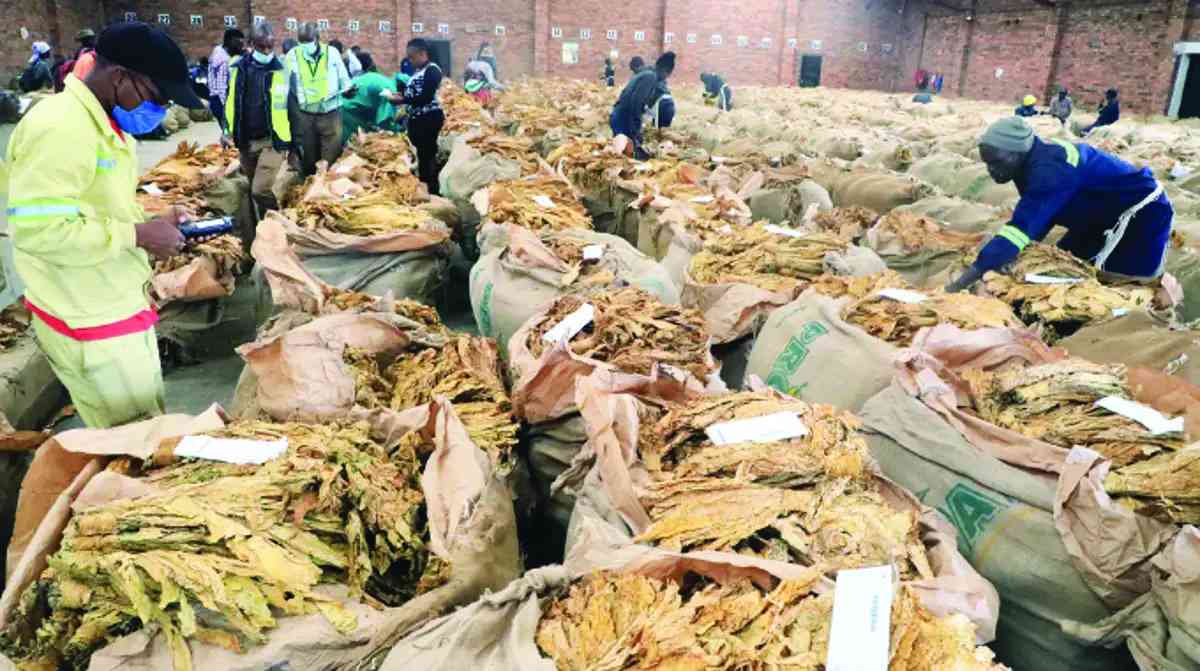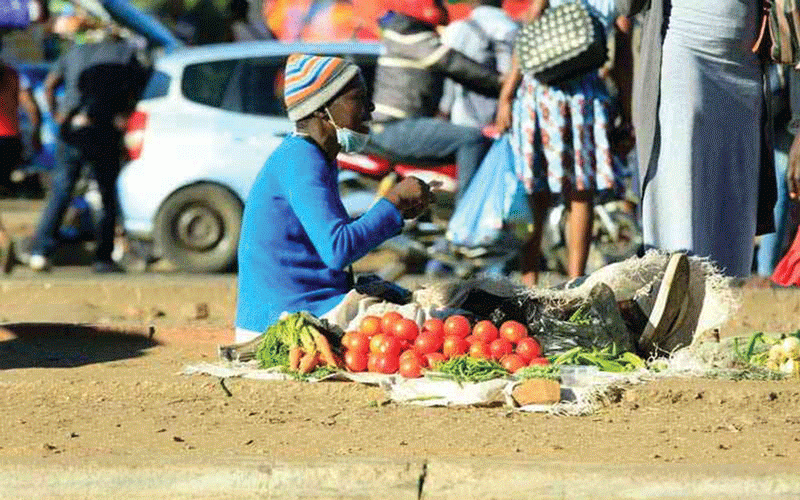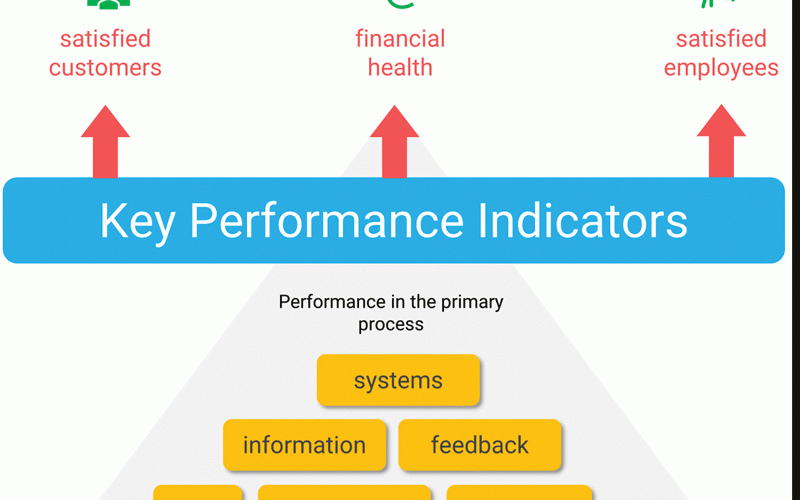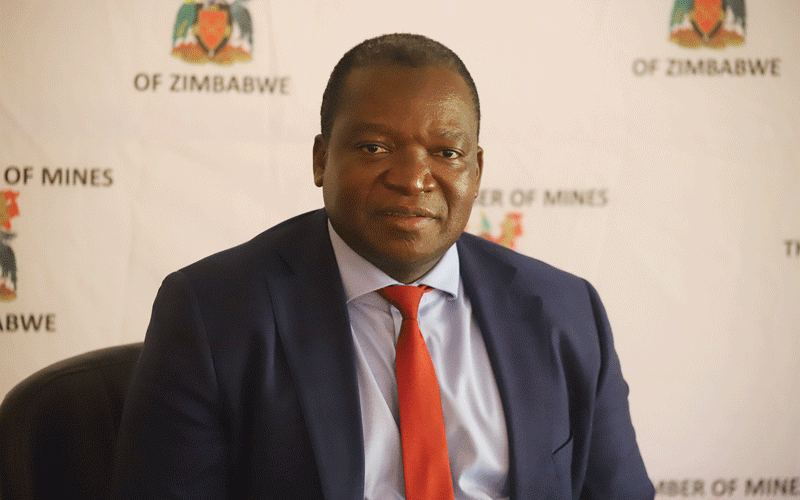
FIVE years ago, Zimbabwe launched its vision 2030 with aspirations to transform the local economy into an upper middle-income economy by 2030.
The vision entails achieving per capita income of US$4 500 in seven years and surpassing real gross domestic product (GDP) growth of +7% per annum from 2018 to 2030.
This requires growing the economy from the 2018 levels of about US$18 billion to US$65 billion by 2030. According to the World Bank, Zimbabwe’s GDP in 2022 was US$20,68 billion.
The vision blueprint talks of what needs to be done to boost economic productivity and export earnings, such as mineral beneficiation, value addition of raw exports and private sector partnerships to attract investment among others.
As is the case with most economic blueprints, most of the aspirations end on paper and what prevails in the economy is a result of knee jack policy pronouncements and short termism.
With the Africa Continental Free Trade Area (AfCFTA) becoming a reality, Zimbabwe must have a long term economic plan to steer economic productivity in a desired and strategic direction, and derive maximum value from exports.
Dominant economic sectors
Zimbabwe National Statistical Agency (Zimstat) data on GDP contributions according to economic sector show the dominance of the wholesale and retail sector with its percentage share growing from just under 14% in 2015 to 23% in 2022.
- Outcry over state of Binga-Dete road
- Outcry over state of Binga-Dete road
- ‘Zim’s retailers deserve a wage subsidy’
- ‘Zim’s retailers deserve a wage subsidy’
Keep Reading
This means that on paper, the sector is pushing over US$7 billion in value per year. The last five years have seen a massive surge in retailing with the dominance of the informal trading in urban and rural areas of the country.
The contribution from agriculture has dropped to about 8% for 2022 while the manufacturing sector accounts for 13%, mining 12% and the financial sector 6%.
If this pattern is sustained, the wholesale and retail trade sector will account for at least 40% of local economic output by 2030.
The key questions should be, where do wholesalers and retailers get most the merchandise they sell?
If the market is here, why can local suppliers not satisfy the local market? What needs to be done to ensure Zimbabwean brands dominate the retail space?
Managing informalisation
The level of informalisation in the country is now estimated to be over 70% due to several push and pull factors, such as high inflation, punitive foreign exchange regulations, policy inconsistency, corruption, low tax morale, overregulation and limited automation in tax collection.
However, informality is a factor of economic vulnerability as the government cannot sustain public service provision with dwindling tax revenues against a growing population.
Informality also entails loss of value in various supply chains that provide local employment.
Without managing the triggers of informality in the economy and aiming for a sustainable figure below 40%, the government will not be able to improve public service provision, invest enough resources in infrastructure and repay its sovereign debt.
This is the first call to long term economic planning as there is need to cast the tax net wide and reduce tax burden on a few compliant businesses.
Mining to manufactured exports
In 2022, mining receipts earned the country US$5,7 billion with 90% of the commodities exported in raw or concentrate form.
Pertinent questions under mining are on how to formalise artisanal mining, improve investment in beneficiation and ramp up production of strategic minerals.
Zimbabwe is endowed with two prominent geological features namely the rich Great Dyke and the ancient Greenstone Belts (also known as Gold Belts), which are home to billions worth of reserves strategic minerals reserves.
In the lithium value chain, Zimbabwe has the largest lithium reserves (11 MT) in Africa and 4th largest in the world.
A call to economic planning is to provide manufacturing incentives to current miners and would be value chain players within the region (especially South Africa) to partner in producing lithium battery components.
Ideally, the government should simply waiver any taxes on new investment in mineral value chains that produce a final consumer product. At the highest level, engagements must be done with every miner to understand what they need to beneficiate their mineral to feed into an export oriented policy framework.
Agriculture to retail value chain
Harare has been a net importer of cereals since 2006 with maize production averaging 1,3 million MT per year in the last 10 years.
This is against national demand of 2,2 million MT for domestic, animal feed and industrial demands.
Wheat and soya production also fall below demand levels.
Yield per hectare for maize (the staple crop) remains very low with average national yield less than 0,9 tonnes per hectare (lower than the African average of 1,8 tonnes/ha).
Interestingly since the year 2000, Zambia has tripled its maize production with an average of 2,9 million MT per year in the past 10 years alone and constantly exporting maize to its southern neighbour.
The country spends close to US$1 billion annually to import raw or processed cereals among other agricultural commodities.
Agriculture also provides 57% of raw materials used in the manufacturing sector, which means that the huge food import bill carries with it imported inflation and exposes the country to global shocks.
Pertinent issues in agriculture are on how to create a model for private sector funding and pricing where government intervention is very minimal.
To stabilise the local economy, the land tenure issue has to be finalised within five years with the enactment of laws that make 99 year leases bankable while giving title to productive A1 and A2 farmers on a one-family one-farm basis.
Inputs subsidy programmes have to be remodelled to production or delivery based subsidies to incentivise production.
Cut rag to cigarette sticks
Zimbabwe produces an average of 250 million kgs of tobacco every year, with exports averaging US$900 million, with almost the same amount remitted outside the country to repay loans to tobacco farmers and contractors.
Zimbabwe is the largest producer of the golden leaf in Africa and 6th largest in the world. Over 66 countries in the world consume the highly regarded Virginia flue-cured tobacco with China, South Africa, Belgium, United Arab Emirates (UAE) and Russia being the biggest buyers.
However, almost 96% of the commodity is exported as semi-processed (cut rag) and only a small percentage completes the whole production chain to manufacture cigarettes locally. The average export price for raw tobacco from Zimbabwe is US$4,70/kg while the average price for cigarettes was $32/kg.
By exporting the same amount of kgs (after factoring in weight losses in manufacturing), Zimbabwe could realise at least US$5 billion in one year.
Zimbabwe exports raw tobacco to South Africa, UAE and Belgium which then proceed to manufacture billions of cigarette sticks and export them at higher values under renowned brand names such as Marlboro, Camel, Davidoff and Newport.
This simply means the market for branded cigarettes is there and lucrative enough to warrant policy change.
As such policy should be geared towards attracting global brands to manufacture (under licence) in Zimbabwe for export only or simply giving local cigarette manufactures all policy incentives they need to export since the Zimbabwean market is small.
For the wider manufacturing sector, Zimbabwe is still using antiquated machinery, which is decades old.
There is a need to push for automation in the local industry to improve capacity utilisation and reduce cost of production.
Current and future energy needs
Zimbabwe’s power supply remains unstable with power cuts still being experienced in most parts of the country. Demand is set to eclipse 4 000MW by 2025 with the mining sector alone accounting for over 75% of the demand.
The key issues should be on how to incentivise the private sector participation Public Private Partnerships (PPPs) in power supply, especially renewable energy as the government has no financial capacity to undertake power generation projects that have been tabled for decades especially along the Zambezi River.
Infrastructure mapping
Infrastructure mapping and investment is critical to long term economic development. The most important being roads, highways, border posts, water and sanitation.
The pertinent questions being what infrastructure will be needed in future, how it will be funded and maintained.
The over US$34 billion infrastructure gap in Zimbabwe requires the participation of private sector capital through PPPs.
Thus, the country needs a clear PPP Act, which allows financiers to recoup their investment at market determined exchange rates and repatriate earnings without the current bottlenecks in the financial sector.
Without such, financiers cannot take risks to finance local PPP projects considering the monetary policy inconsistencies, institutional decay (property rights flaws and tainted rule of law), bureaucracy and high levels of corruption in government.
The separation of economic development function from treasury must be followed by a clear economic planning policy roadmap on the above issues and many more to ensure Zimbabwe is just not a passenger to economic development in Africa, but a key player especially in value added exports as is the case in smaller nations such as Taiwan, Singapore or Hong Kong.
- Bhoroma is an economic analyst. He holds an MBA from the University of Zimbabwe. — [email protected] or Twitter @VictorBhoroma1.











